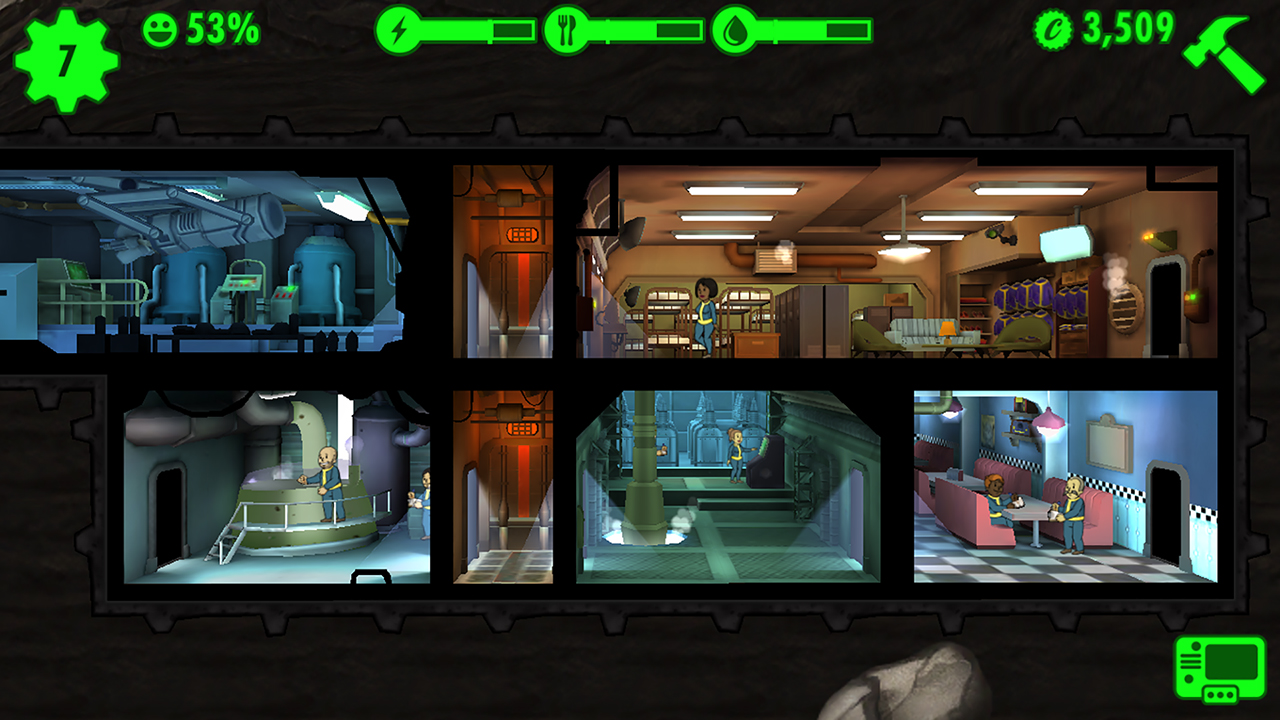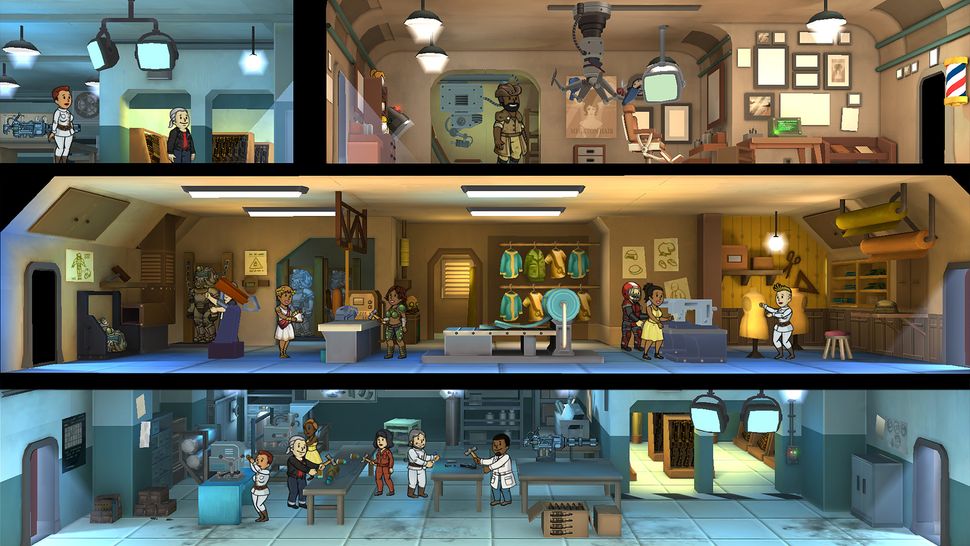


She was also able to extend her life with the power of the book. With the Krivbeknih's power, she was able to easily influence the swampfolk, both before and after the War. The Krivbeknih was an artifact that was significant to the cult led by Constance Blackhall.

However, she cannot say if the swampfolk understand the meaning of the religious symbols they perpetuate, or if these traditions are hollow and performative. Marcella also compares their symbolism to the Vodou, Santería and Obeah belief systems, all of which originate from the Caribbean. Contemporary anthropologists have speculated the swampfolk are still true believers in the occult, and some postulate they pray to an entity named Ug-Qualtoth, as their ancestors did. These decorations serve both as a warning to outsiders and as ritual objects relating to their private religion, a rudimentary belief system based on the occult practices Constance Blackhall impressed upon them. These consist of straw dolls hanging from trees, totems wrought from roots which incorporate bones, teddy bears, and impaled mannequin heads. The areas in which they live are all decorated with totems and hanging objects. government a volunteer relief worker and two military personnel were attacked by them shortly before the War. This territorial behavior was even present before the Great War, where the local ancestors of the swampfolk proved extremely isolationist and hostile to the outside world, particularly the U.S. The only known group that can trade with them are the relatively unmutated "marsh folk" who live near the coast and marshes but are still local to the area. Swampfolk are known to be very territorial, and will attack "outsiders" on sight. The swampfolk are descended from the destitute locals inhabiting the Point Lookout swamps, and have developed major mutations due to radiation and shallow gene pools.


 0 kommentar(er)
0 kommentar(er)
